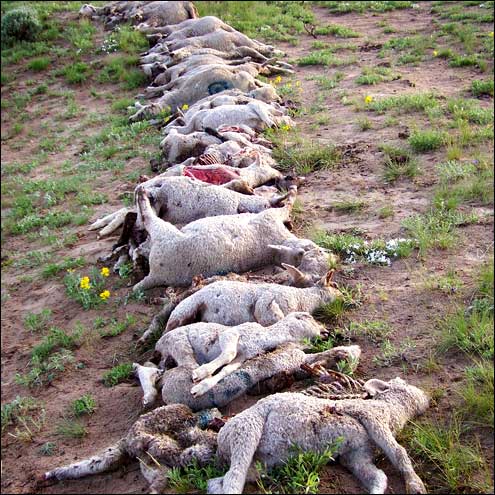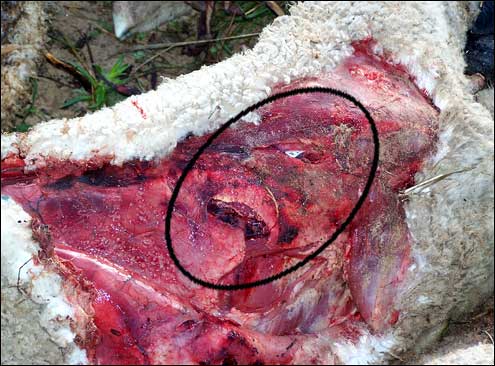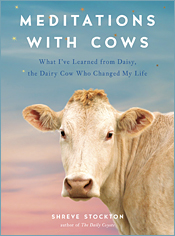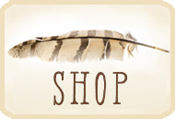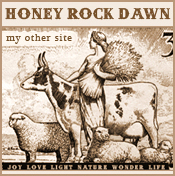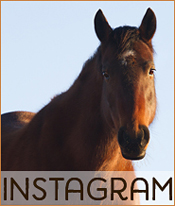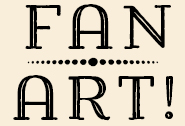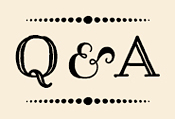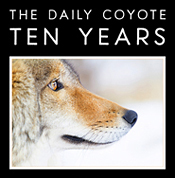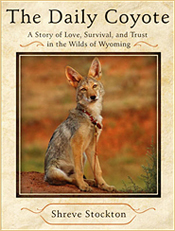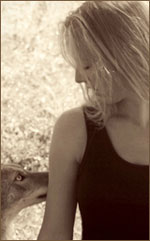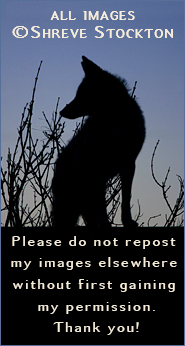After posting a Twitter a few days ago regarding wolf kills on the mountain (killing by wolves, not of wolves), I received a number of twitters and emails in response which covered a spectrum of emotion – from shock to sadness to denial, and many of you requested a more in-depth explanation of the event.
The wolf debate is an intense one, and in this post I am simply stating facts as I have learned them since living here. I find this information important enough to share, important enough to risk receiving hate mail over, as much of it does counter what I had believed/been taught before I moved here and began living in the midst of it all.
The sharing of information from all sides and perspectives is essential for intelligent resolve, and there are many forums and sites open to this complex issue. Though I intrinsically want to open comments on this post, I do not trust a certain percentage of my readers to be civil, to me as well as to other commenters, and I’m not going to babysit.
The rest of this post is after the jump, so that those who do not want to be confronted with the details have the choice. There are two photographs at the end of the post that some may find disturbing.
Last week I Twittered that two wolves slaughtered forty ewes and lambs on the mountain (41 to be exact). Eight of the ewes were torn apart and still breathing when they were found the next morning. The first question I can address here is “how do you know they were wolves, could it have been a pack of wild dogs?”
Just as good stockbrokers can read the market, and good photographers can read light, those who specialize in predation can read the signs left behind – tracks in the dirt and mud, the manner and method of the killing, the placement and size of puncture wounds. A wolf track is the length of a dollar bill. For comparison, Charlie’s track is the height of a bill – the short side. There is no confusing the two. The photo at the bottom of this post shows the holes made by a wolf’s canine teeth.
So yes – they were, without question, wolves. It was determined that it was two wolves, possibly three, through a number of means. Several ewes were grabbed simultaneously at the neck and the haunch and pulled in opposite directions, proving there were at least two wolves. A study of the tracks determined it was two or three wolves, versus a pack of several. Also, wolf activity in the Bighorns is monitored closely. The Game & Fish has several trail cams on the mountain and has footage of two wolves. Though this is not gospel, it is highly unlikely from all the information collected in various ways that there are more than three wolves in the area right now.
Wolves that appear in the Bighorns are transient wolves that have left Yellowstone, seeking new territory. Wolves are not managed (killed, culled, you choose the verb) in Yellowstone, and since they have no predators, their population exceeds what Yellowstone can hold. And so every year, some wolves leave to find new territory around Cody, the Bighorns, or into Montana and Idaho. The political mess at the moment is exacerbated by the fact that wolves are classified as trophy game animals in Montana and Idaho, but are on the endangered species list in Wyoming. Regardless of the side of the debate you are on, that logic is baffling.
Back to the sheep. Forty-one ewes and lambs is far more than two wolves could eat – this is the point that confused and upset so many of you. As you can see in the photo below, most of the dead sheep were not fed upon at all once they were killed. Wolves kill a bit differently than coyotes or lions. A wolf will hit a herd of prey animals and attack as many animals as it can, hedging its bets, so to speak. After the herd disperses, it goes back and sees what is dead and feeds on that animal. With wild herds such as antelope and elk, a wolf may only manage to sink its teeth into one or two small or weak animals, as the flight-drive of these wild prey is so attuned. Sheep, being so domesticated, become flustered and simply don’t have the instinct to flee. And so the wolf hits many. And when there is more than one wolf, this does turn into a frenzy – they feed off the energy and off eachother and it goes from simply “getting groceries” to a bonafide killing spree. This behaviour is unusual in lions, coyotes, fox, etc, but it is familiar in domestic dogs. And humans.
Incidentally, the rancher who lost his sheep doesn’t hate wolves; he has shown much grace in the midst of his heartbreak, and says the wolves were just being wolves. And he is heartbroken. This is a man in his late 60’s/early 70’s, whose family has been raising sheep for generations, who spent 24-hours a day with his sheep this Spring, helping them deliver their lambs, doctoring the sick, sleeping with them, caring for them. He is a steward of the land, never grazing his private land too hard so that it can also maintain populations of deer, elk, antelope, and all the other creatures that still call this place home. He loves fox, even though they can kill lambs. He is tolerant of coyotes, unless they are actively killing sheep. He is a conservationist in the truest sense of the word.
So, the debate continues. Who is to say which deaths are more important – the deaths of these forty-one sheep, or the deaths of certain wolves in a monitered management program, perhaps even in Yellowstone. It’s a difficult position we as humans are put in, having to make these kinds of decisions. But we are required to make them, simply because we have taken over so much of the land in this country, paved it, built super-stores upon it. It is a concept that everyone should be actively thinking about, regardless of whether you live in one of the few remaining rural areas or the cities or the suburbs. Look at how coyotes are now commonplace in suburbia or the streets of LA. Wolves might be on their way, and after seeing what they do to sheep on the mountain, I shudder at what they could do on a playground.
This is only half of the dead. They were gathered and buried.
This is an example of a wolf bite. Puncture holes are circled by me.










